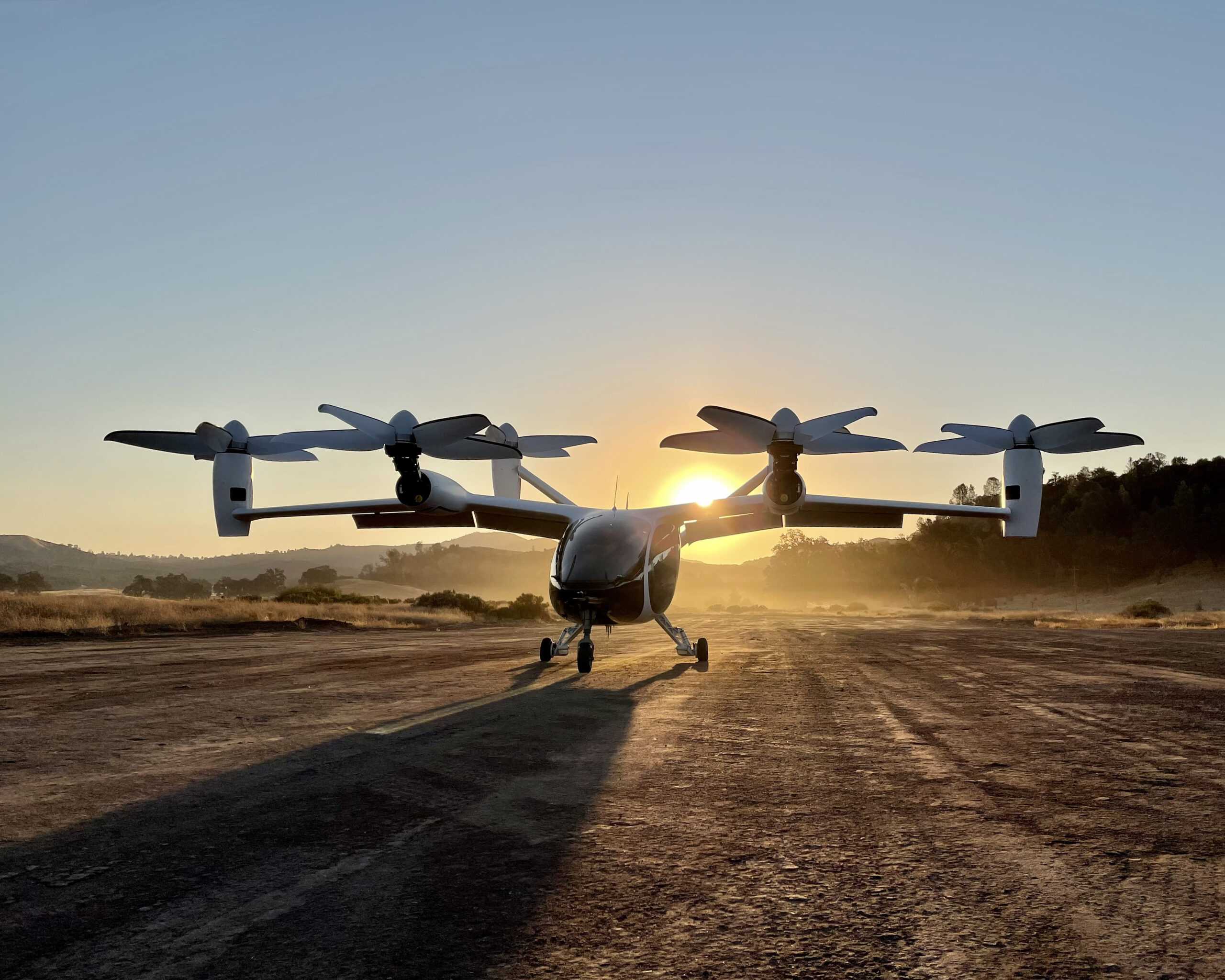The FAA outlines the future of transportation and hiring
The arrival of flying taxis whisking travelers to and from airports got a step closer this week after the Federal Aviation Administration (FAA) released the Advanced Air Mobility (AAM) Plan. The initiative aims to document the work required to make initial AAM operations possible by identifying operational settings or “key sites” in the near future to make the innovative form of transportation a reality by 2028, if not sooner.
“The implementation plan creates a framework for companies to conduct scaled operations at one or more key sites by 2028. It does not preclude less intensive operations earlier than 2028. We will be ready for air taxi operators when they are ready to fly safely,” said an FAA spokesperson. “Safety will dictate the certification timeline, but we could see these aircraft in the skies by 2025.”
The planned use of AAMs comes during an increased need for more efficient transportation to move people and cargo amid a high demand for air travel, coupled with persistent issues and delays that have plagued airlines and carriers alike. “I love this idea, especially for groups that I would work with that maybe want to spend time in Taos, but the drive time is too long, so the activity times are limited,” said Sheli Hinds Armstrong, owner and CEO, Destination Southwest. “Or if they want to have dinner in Santa Fe, but don’t want to make the two-hour drive from Taos take longer.”
Armstrong’s optimism points to one of the program’s key goals of integrating AAMs into the nation’s airspace, which will provide adequate and accessible air transportation to underserved markets. “It would also help with groups coming in for shorter meetings and from local markets like Phoenix, Denver and Dallas,” she said. “Two-day meetings and incentive meetings could triple for me!”
New Tech in the Friendly Skies
Another core component of the implementation plan is to safely integrate new technology into the aviation ecosystem. The FAA’s main objective for safety is to ensure AAMs adhere to the highest standards of commercial aviation with the public’s safety being top of mind. The process of certifying new aircraft is fluid and allows for adjustments for pilot qualifications as the AAMs are developed.
The new aviation technology developed under the guidance of government agencies and programs such as NASA’s AAM program and the National Campaign, and collaboration with the U.S. Air Force AFWERX Prime programs, offer support for the implementation of AAMs by providing existing data and research to quicken the process.
Read More: Marriott Shared Upcoming DEI and Technology Advances with Association Planners
The ongoing process also involves collaboration with stakeholders such as Joby Aviation, based in Santa Cruz, California, the first company to develop AAMs to clear the second stage of the FAA’s approval process. That stage, completed in February, allowed Joby to move forward to the third stage of certification after its Certification Basis was published in the Federal Register. The Joby aircraft uses six electric motors, producing zero operating emissions.
“Joby continues to lead the way on certifying eVTOL (electric vertical take-off and landing vehicle) aircraft with the FAA, and today’s news is another step towards launching commercial service in 2025,” said Didier Papadopoulos, head of aircraft OEM at Joby in a statement issued earlier this month. “We’re grateful for the FAA’s continued commitment to safely introducing next-generation aircraft into service.”
The third stage, “Certification Plans,” requires Joby to provide the FAA with the company’s expected roadmap for all “tests, analyses and design reports” Joby plans on performing to demonstrate compliance with all requirements and regulations.
Joby’s pilot production line in Marina, California, successfully rolled the company’s aircraft, earning a Special Airworthiness Certificate from the FAA, thus clearing the craft for flight tests. The craft will be delivered to Edwards Air Force Base in California as part of the $131 million contract Joby has with the U.S. military and will be the first electric air taxi used on a U.S. Air Force base.
Key Site Operations
The implementation plan also focuses on establishing the blueprint for AAM operations and guidelines, known as the Innovative28 Key Site Operations, and includes the regulations of vertical take-off and landing (VTOL), short takeoff and landing (STOL) aircraft, and descriptions of I28 AAM operations such as air traffic control services and procedures and guidance for airspace usage and routing.
“Our role is to certify the aircraft, certify the pilots, and integrate the aircraft into the national airspace system,” the FAA spokesperson said. “We will be ready for air taxi operators when they are ready to fly safely.”
The plan also paints a clear picture of what will be needed to create a feasible infrastructure for AAMs. Initially, the plan is for AAMs to use existing airports and helipads with modifications dictated by the FAA to accommodate vertical take-offs and landings, along with what’s referred to as greenfield or infill, which consists of repurposed developments for the building of vertiports to provide AAM access to specific destinations.
These steps are expected to take place within the timeframe of 2025-28. The integration of security measures will be handled through a broader effort carried out by an interagency working group led by the Department of Transportation, as AAMs pose a unique security challenge.
New Grants for Fresh Talent
Aviation Workforce Development Grants for Aircraft Pilots were announced by the FAA this month with the goal of recruiting the next generation of industry pilots. The target demographic for the next wave of air travel professionals is recent high school graduates. “The duration of education depends on the age of the participant and the field they want to enter,” the FAA said.The educational grants are a component of the FAA Reauthorization Act of 2018 signed into law by then-president Donald Trump. Section 625 of the act addresses the projected shortages of pilots within the aviation industry and allows the FAA to provide grants to help foil any potential labor gaps in the future.
The U.S. Department of Labor (DOL) projects an average of 18,100 openings for airline and commercial pilots every year over the course of the next decade. The specific reasons for the annual vacancies provided by the DOL include individuals who left the industry for different occupations or exited due to retirement.
Grants are provided to a diverse group of programs including public and private schools in rural, suburban, and urban areas. The grant program has received $5 million annually from Congress since 2020 and will expire at the end of the 2023 fiscal year. Grants are valued between $25,000 and $500,000 annually. The goal of the program is to provide a minimum of 10 grants to various programs every year. The closing date for applications is Aug. 16, 2023.




